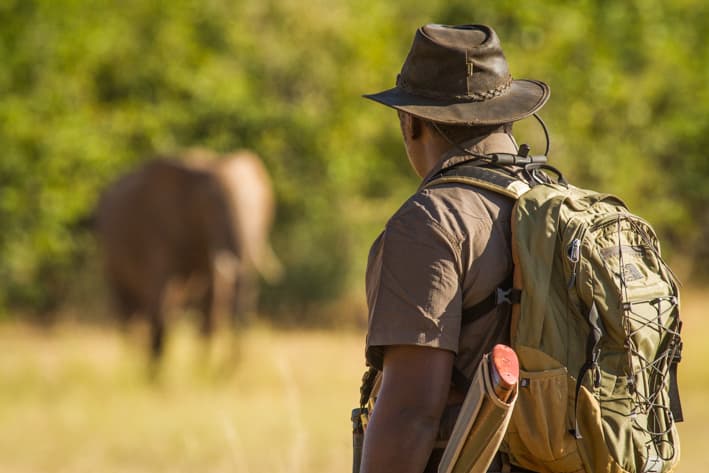Luxury Safaris to Zimbabwe
Zimbabwe is once again at the top of the safari list within Africa, boasting some of the best safari guides as well as some of the best wildlife viewing. From iconic national parks like Mana Pools and Hwange to some off the beaten track destinations like Lake Kariba and Gonarezhou. A safari to Zimbabwe is varied in landscapes, wildlife and experiences and is perfect for wildlife enthusiasts, walking safaris, canoeing safaris and more.
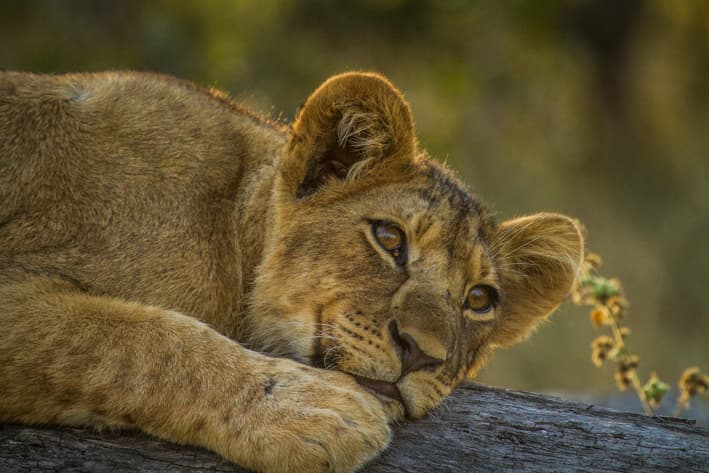
ZIMBABWE ADVENTURE SAFARI
11-Nights
Destinations visited:
- Gonarezhou
- Mana Pools
- Hwange
- Victoria Falls
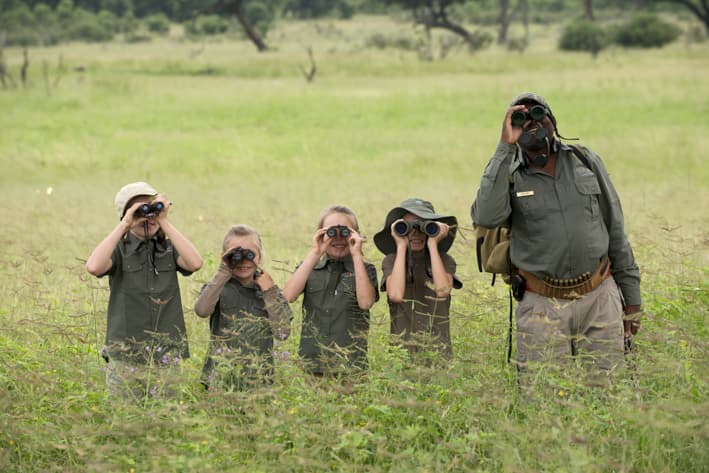
ZIMBABWE FAMILY SAFARI
12-Nights
Destinations visited:
- Mana Pools
- Lake Kariba
- Hwange
- Victoria Falls
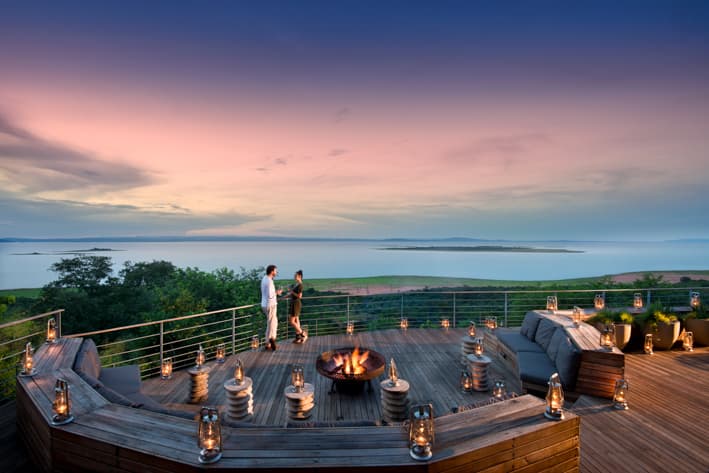
14-Nights
Destinations visited:
- Kariba
- Mana Pools
- Gonarezhou
- Vilanculos
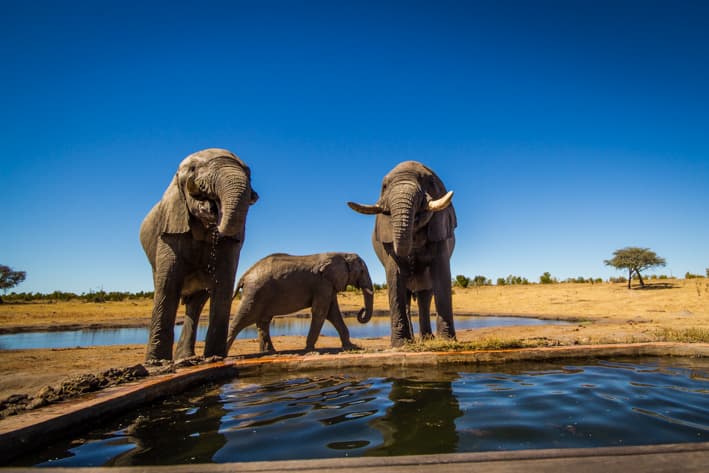
HIGHLIGHTS OF THE REAL AFRICA
12-Nights
Destinations visited:
- Hwange
- Vic Falls
- South Luangwa
- Lake Malawi
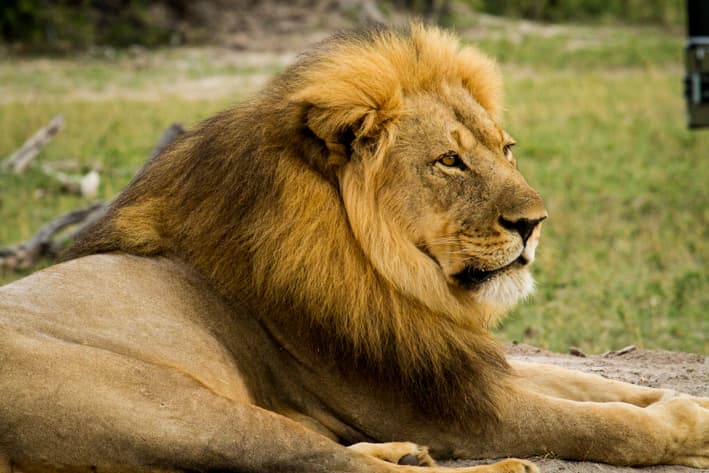
11-Nights
Destinations visited:
- Cape Town
- Sabi Sands
- Victoria Falls
- Hwange National Park
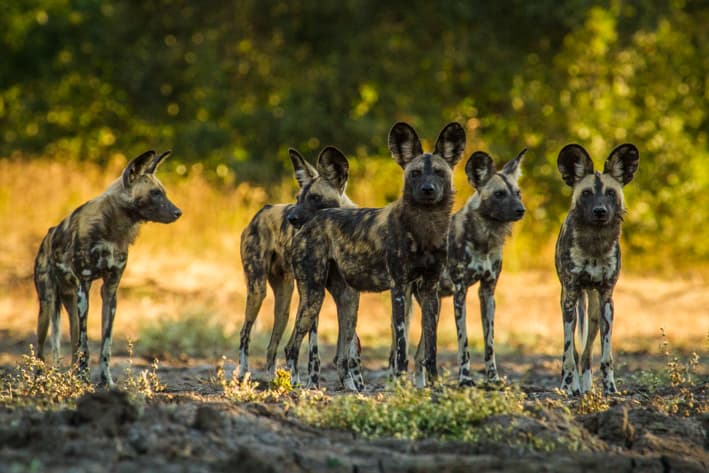
RWANDA & ZIMBABWE SAFARI
12-Nights
Destinations visited:
- Rwanda (gorilla tracking)
- Mana Pools
- Hwange
- Victoria Falls

